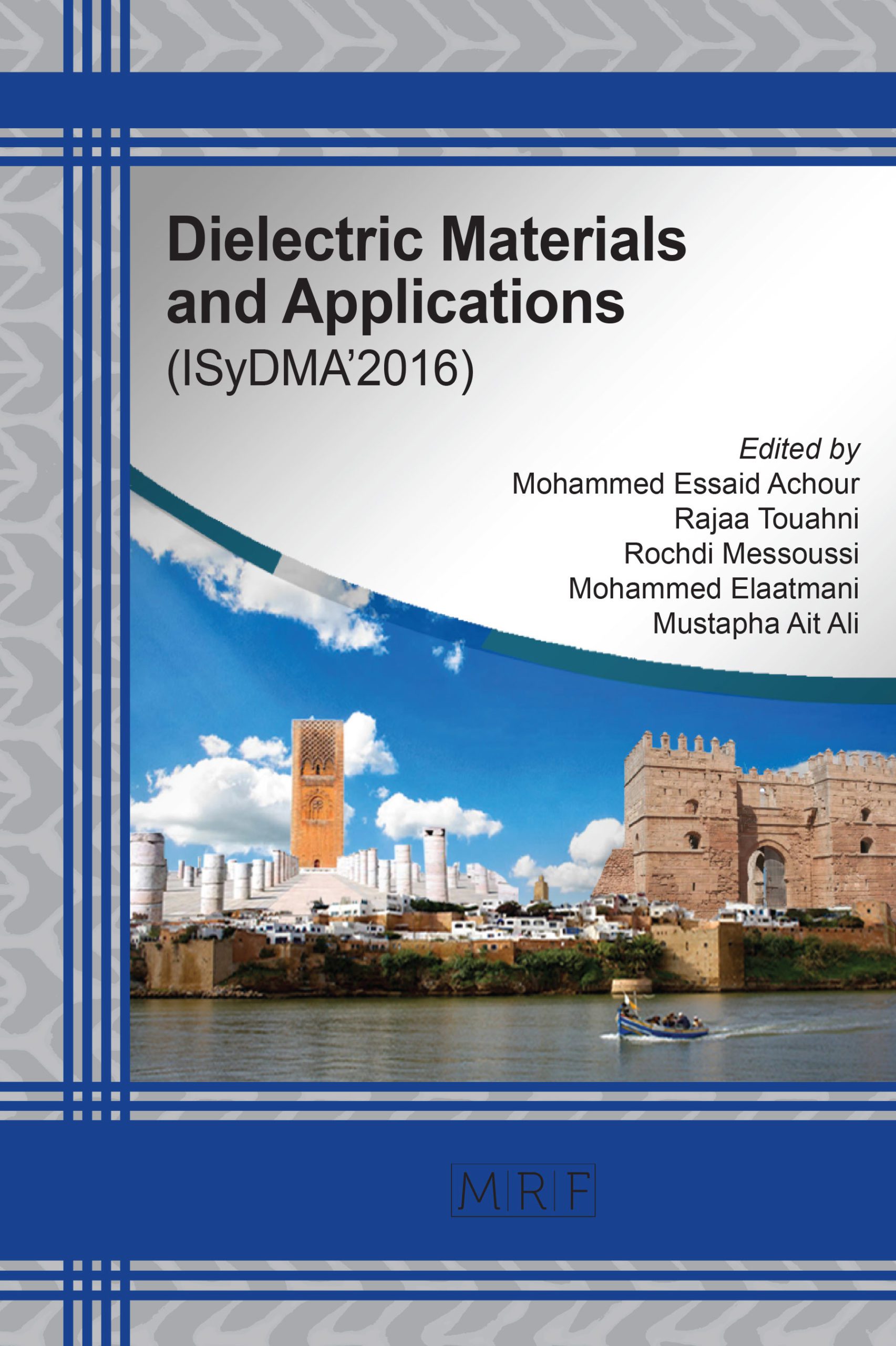N. AOUABDIA, N.E. BELHADJ-TAHAR, G. ALQUIE
Abstract. In-body implanted antennas are surrounded by materials (muscle, fat tissue, skin, etc.), which have special electromagnetic parameters. The effects of these near-field mediums on the implanted antenna are unknown. Performance patch resonator, as the resonant frequency and the quality factor depends on the dielectric parameters of the various materials involved in their structures. In applications of microwave system for the dielectric substrate and superstrate are made of materials with low losses for the best operation. When used as sensors, some of the dielectric layers may be made with an unknown material; changes of parameters of the resonator, mainly the change of the increase in the frequency and quality factor are closer to the complex permittivity of the unknown material. In the particular application, a patch sensor can be used to evaluate the specific permittivity layers by comparing the measured parameters of the patch with a reference structure and those obtained with the unknown material. This work aims to study a planar biosensor for characterizing biological materials in order to derive the dielectric parameters. The medical applications are to detect abnormalities body using the structures raised as nondestructive applicators. To focus on this issue, it is necessary to make simulations with HFSS on a rectangular planar resonator by a coaxial fed, to use this device as an applicator to characterize various homogeneous and heterogeneous materials such as muscle, skin and fat.
Keywords
Rectangular Patch Resonator (RPR), Characterization Biological Materials, HFSS Simulation, Electromagnetic Applicator, Non-Destructive Control, Dielectric Properties
Published online 12/10/2016, 4 pages
Copyright © 2016 by the author(s)
Published under license by Materials Research Forum LLC., Millersville PA, USA
Citation: N. AOUABDIA, N.E. BELHADJ-TAHAR, G. ALQUIE, ‘A non-destructive planar biosensor for dielectric materials characterization’, Materials Research Proceedings, Vol. 1, pp 96-99, 2016
DOI: http://dx.doi.org/10.21741/9781945291197-24
The article was published as article 24 of the book Dielectric Materials and Applications
References
[1] N. Aouabdia, “Etude d’un Capteur à Base de Résonateur Planaire pour Applications au Contrôle Non Destructif ”. PhD co-supervised thesis, Laboratoire Microsystème et Instrumentation (LMI)-Université des Frères Mentouri Constantine 1 (UFMC1) & Laboratoire d’Electronique et Electromagnétisme (L2E)-Université Pierre & Marie Curie (UPMC), July 2012.
[2] N. Aouabdia, N. Belhadj-Tahar, G. Alquié, F. Benabdelaziz, “Theoretical and Experimental Evaluation of Superstrate Effect on Rectangular Patch Resonator Parameters”. Progress In Electromagnetics Research B, Vol. 32, pp129-147, 2011. http://dx.doi.org/10.2528/PIERB11052610
[3] Preece, A.W., Johnson, R.H., Craig, A.A., Green, J.L., Clarke, R.N., & Gregory, A.P. (1994). “Dielectric Measurement of Reference Liquids and Tissue Equivalent Materials with Non-Invasive Sensors”, IEEE MTT-S Digest, 1061-1064. http://dx.doi.org/10.1109/mwsym.1994.335172
[4] Lin, C.C., Kuo, M.T., & Chang, H.C. (2010). “Review: Raman Spectroscopy–A Novel Tool for Non-Invasive Analysis of Ocular Surface Fluid”, Journal of Medical and Biological Engineering, 30(6), 343-354. http://dx.doi.org/10.5405/jmbe.846
[5] http://niremf.ifac.cnr.it/tissprop/































